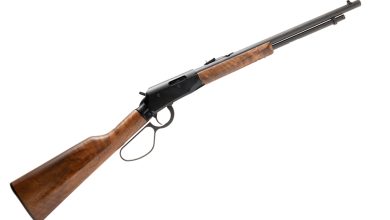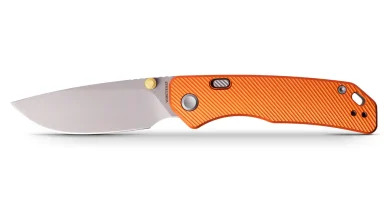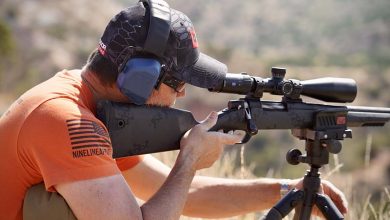Revolver Vs. Semi-Auto: Which Is Better For Self-Defense?
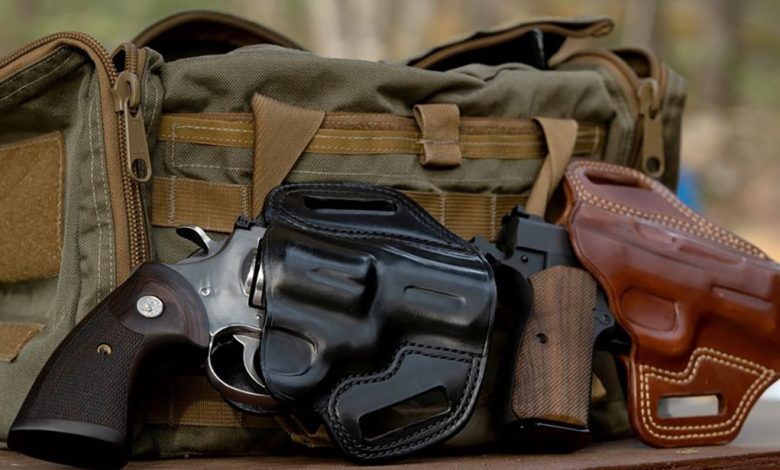
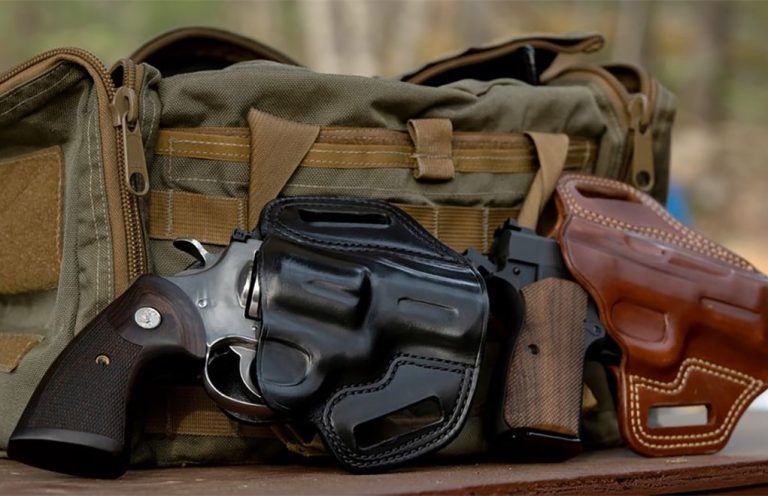
Are revolvers or semi-auto pistols better for self-defense? Here, we test them head-to-head and gather some data to help find an answer.
When I became a police officer in 1992, my department’s issue handgun was the Glock 22. However, the department had just transitioned to the Glock, and the armory didn’t have an extra 22 for me to take to the academy. I was given a 4-inch Smith & Wesson Model 686, a handful of speed loaders and sent on my merry way.
When I arrived at the academy, I found that I was the only cadet there armed with a revolver. The firearms training was intense; however, it was focused mostly on accuracy; rapid fire and speed loading was only a small part of the curriculum. The revolver didn’t hinder my shooting; I was the top gun in my class.
Upon return to my department, I was issued a Glock like everyone else, and ultimately, I also carried a Glock 23 as a backup. Admittedly, even though I never really liked how Glocks fit my hand, I felt I was better armed with the semi-automatic, especially given the shooting situations I might be placed in as a law enforcement officer. That was a long time ago and, while recently reflecting on those days, I began to wonder just how more effective a semi-auto might be than a revolver, particularly from the standpoint of a civilian who wants to carry for personal protection.
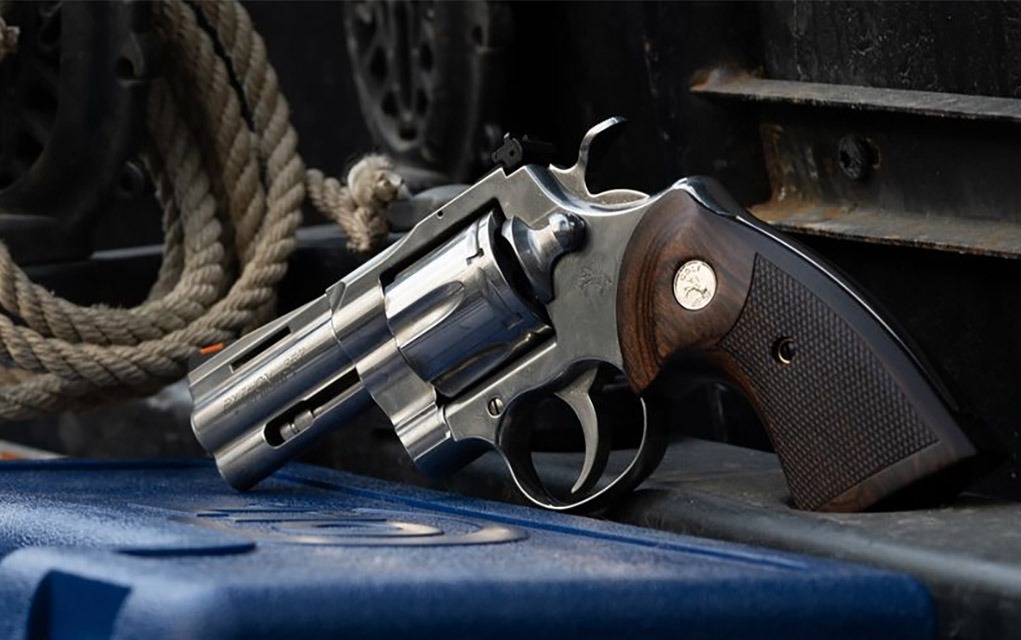
Head-to-Head Shoot Off
To get an idea of how modern semi-autos and revolvers might compare in a civilian self-defense shooting situation, I conducted a test. With the help of a friend who is a SWAT officer and a fantastic handgun shooter, we put three modern semi-autos and three modern revolvers through a series of shooting trials.
There were essentially two aspects of the test. The first focused only on the precision potential of each handgun. In the second, the handguns were exposed to a variety of defensive drills. The identities of each handgun are excluded to help you digest the data with an unbiased mind, but some of their specifics are detailed below.
HANDGUNS TESTED
| GUN | BARREL | WEIGHT | CAPACITY |
| Semi-Auto #1 | 4.00 Inches | 18.7 Ounces | 11+1 |
| Semi-Auto #2 | 3.37 Inches | 19.5 Ounces | 10+1 |
| Semi-Auto #3 | 3.06 Inches | 29.3 Ounces | 15+1 |
| Revolver #1 | 3.00 Inches | 23.5 Ounces | 6 |
| Revolver #2 | 3.00 Inches | 38.0 Ounces | 6 |
| Revolver #3 | 2.75 Inches | 33.6 Ounces | 6 |
Precision
In this test, each handgun was fired from a sandbag rest at 10 yards, and two loads were tested in each handgun. With the revolvers, which were all chambered for the .357 Magnum, a .357 Magnum and a +P 38 Special load were tested, and all the shooting was conducted in the single-action mode. In total, 10, five-shot groups were fired with each handgun and each load.


As you can see, the semi-auto handguns, which were all chambered for the 9mm Luger, delivered a bit better precision. On average, the semi-auto groups were less than a quarter-inch smaller than the revolver groups. That’s not much of an advantage, but it’s an advantage. The more violent recoil of the revolvers when firing .357 Magnum ammunition could’ve negatively impacted our shooting.
PRECISION RESULTS
| HANDGUN | PRECISION |
| Semi-Auto #1 | 1.29 Inches |
| Semi-Auto #2 | 1.34 Inches |
| Semi-Auto #3 | 1.50 Inches |
| SEMI-AUTO AVERAGE: | 1.38 Inches |
| Revolver #1 | 1.33 Inches |
| Revolver #2 | 1.75 Inches |
| Revolver #3 | 1.68 Inches |
| REVOLVER AVERAGE: | 1.57 Inches |
Defensive Drills
In this segment of the test, three defensive drills were conducted. The first drill was a modified version of the El Prez Drill. It required engaging three silhouette targets at 10 yards with two shots each—par time: 3 seconds.
The second drill was the Forty-Five Drill that required us to put five shots inside a 5-inch circle at five yards—par time: 3 seconds.
The third drill was a modified version of the Failure Drill. It was conducted at five yards and required two shots to a torso-sized target, with an immediate transition to a swinging head plate target—par time: 2 seconds.


Every drill was conducted from the holster and timed, and stiff penalties were accessed for misses. The maximum possible score for each drill was 5.0.
It’s worth mentioning that none of these drills required a reload. That may or may not be representative of the real world, but it’s a fact that most civilian involved self-defense shootings are sorted with less than six shots. Of course, the reality is that a semi-automatic pistol can be reloaded faster than a revolver. Also of note is that revolver #1 was a five-shot revolver. Because of this, it was heavily penalized in the first drill. While high capacity might not be all that important, we felt that having six shots was.
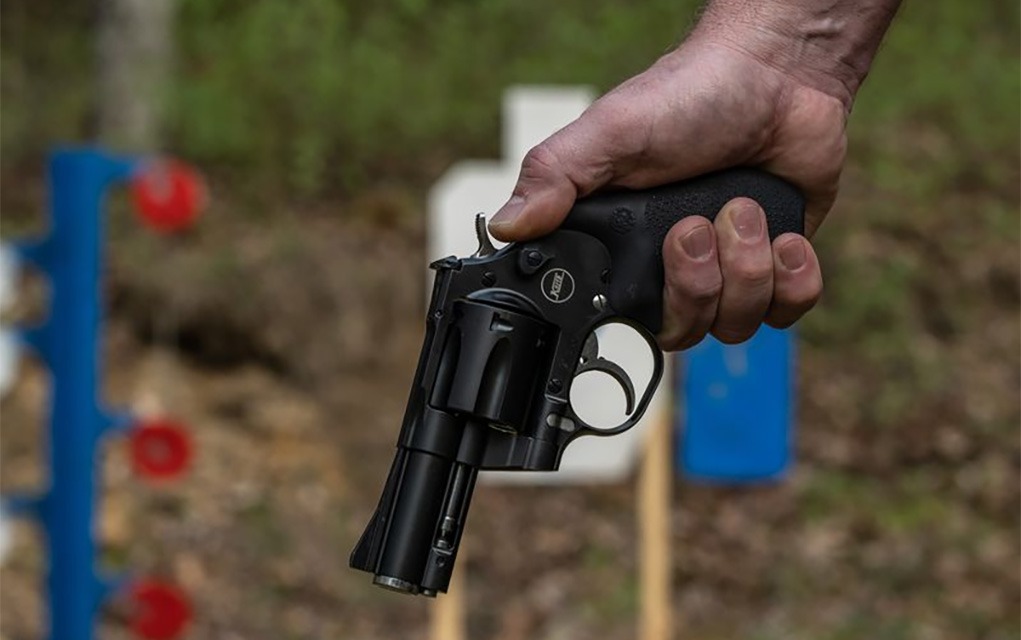

In the first drill, the semi-automatic pistols had a 12 percent advantage. In the second drill, the advantage for the semi-automatics was 15 percent, and in the final drill, it was the least at only 6 percent. Overall, the semi-automatics had an 11 percent advantage. How substantial is that?
Well, of course, that’s hard to say and would likely vary. For example, revolvers #2 and #3 outperformed semi-auto #2 in the first and last drill. But, in the second drill, none of the revolvers outperformed any of the semi-autos. And overall, semi-auto #2 performed better than all the revolvers, even though it performed poorly in the first and second drills. What was clear was that handgun type and design clearly impact shooting performance.
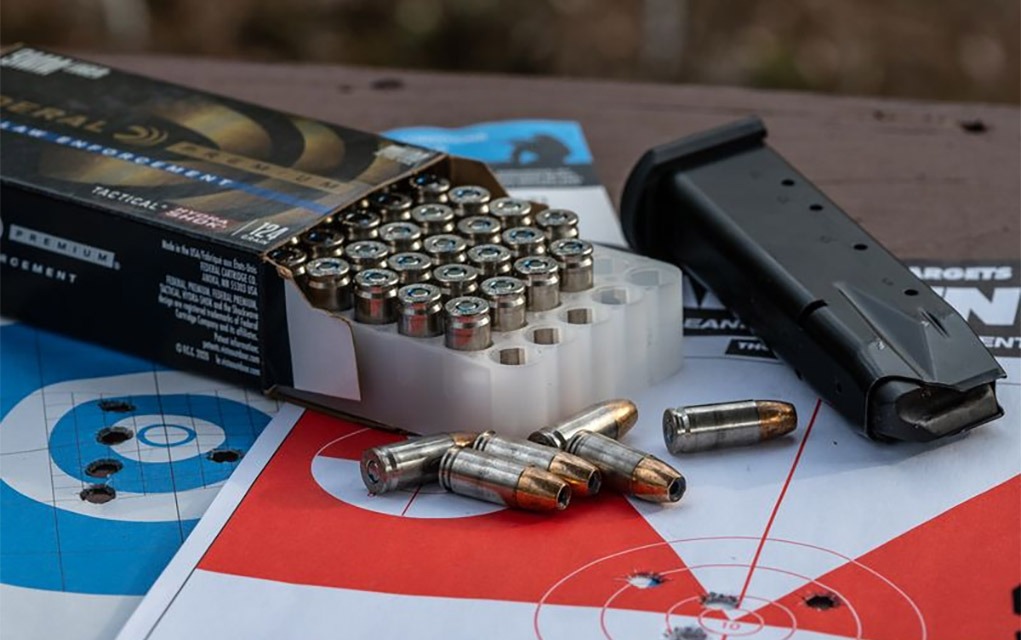

We both fired each handgun three times on each drill. The semi-automatics were only fired with 9mm Luger ammunition, but the revolvers were fired at least one time on each drill, by each shooter, with .357 Magnum ammunition.
The runs with the .357 Magnum ammo were slower than the runs with the .38 Special ammo on drill #2. But on drills #1 and #3, the difference was minimal. Could lighter-recoiling loads have helped the revolver performance overall? Probably. But by the same token, lighter recoiling 9mm loads could’ve helped the semi-autos too. The ammunition you use does matter.
DRILL RESULTS
| HANDGUN | DRILL 1 | DRILL 2 | DRILL 3 | AVERAGE (SECONDS) |
| Semi-Auto #1 | 4.85 | 4.62 | 4.72 | 4.73 |
| Semi-Auto #2 | 4.55 | 4.83 | 4.14 | 4.51 |
| Semi-Auto #3 | 4.99 | 4.87 | 4.71 | 4.86 |
| SEMI-AUTO AVERAGES | 4.80 | 4.77 | 4.52 | 4.70 |
| Revolver #1 | 3.95 | 4.26 | 4.10 | 4.10 |
| Revolver #2 | 4.70 | 3.96 | 4.35 | 4.37 |
| Revolver #3 | 4.63 | 4.24 | 4.37 | 4.41 |
| REVOLVER AVERAGES | 4.27 | 4.15 | 4.27 | 4.23 |
Terminal Performance
What none of this accounts for is terminal performance. The best 9mm loads cannot compete with the best .357 Magnum loads in terms of their ability to penetrate and damage tissue. The velocity advantage of the .357 Magnum is just too much for the 9mm Luger to overcome. The best .38 Special loads are on par with some 9mm loads, but not with the best the cartridge has to offer. If you prefer a more terminally effective round, the .357 Magnum revolver might be a better option. There’s also the .327 Federal Magnum, which recoils less than the .357 Magnum but will still outperform the 9mm Luger in terms of wounding.
Carry Ease and Concealability
There are some revolvers that are smaller and lighter than the ones we tested, but they all generally come with a reduction in capacity from six shots to five. There are also some semi-automatics larger than the ones we tested. Conversely, they come with even higher capacities.
We tried to compare popular models and styles representing various price ranges and what’s clear—even to the casual observer—is that a semi-automatic handgun is going to be easier to carry and conceal comfortably. Does that matter? Well, yeah—maybe more than anything. This is primarily because if you’re not carrying your handgun, it cannot help you, no matter what type it is. The edge here must go to the semi-automatic handgun.
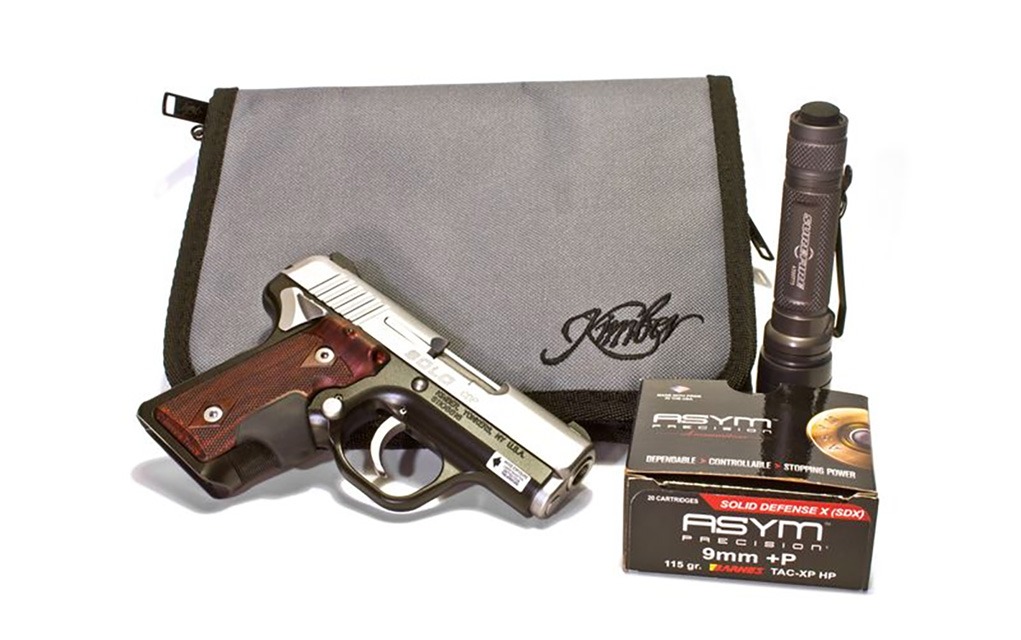

What Should Go on Your Belt?
There are, of course, other considerations. We’ve already discussed capacity and ease of reloading, but maybe more important than that, or how the test guns performed for us, is how the gun will perform for you. Experienced shooters will probably find the semi-auto easier to shoot, especially when compared to magnum revolvers. Novice shooters will find that the trigger action of the semi-auto is generally easier to learn. Although revolvers can deliver great precision, their double-action pull can confound some.
Some will argue that the revolver is a better choice for a novice shooter. I think this is ridiculous; all handguns work the same: When you pull the trigger, they go bang. Also, revolvers don’t have a mechanical safety. Is there a learning curve associated with the manual of arms of a semi-automatic handgun? For sure. But there’s also one associated with a revolver. If you select a gun and receive training like you should, none of this really matters.
A semi-automatic will carry easier, give you faster engagement times, be easier/faster to reload and, in most cases, cost less than a quality revolver. All those things are important. But so, too, is the magnum capability of the revolver. It won’t be any easier to shoot, but while many will often argue the terminal performance difference between a 9mm, a .40 S&W and a .45 Auto, few if any are naive enough to claim any of those semi-auto cartridges are more terminally effective than a .357 Magnum.
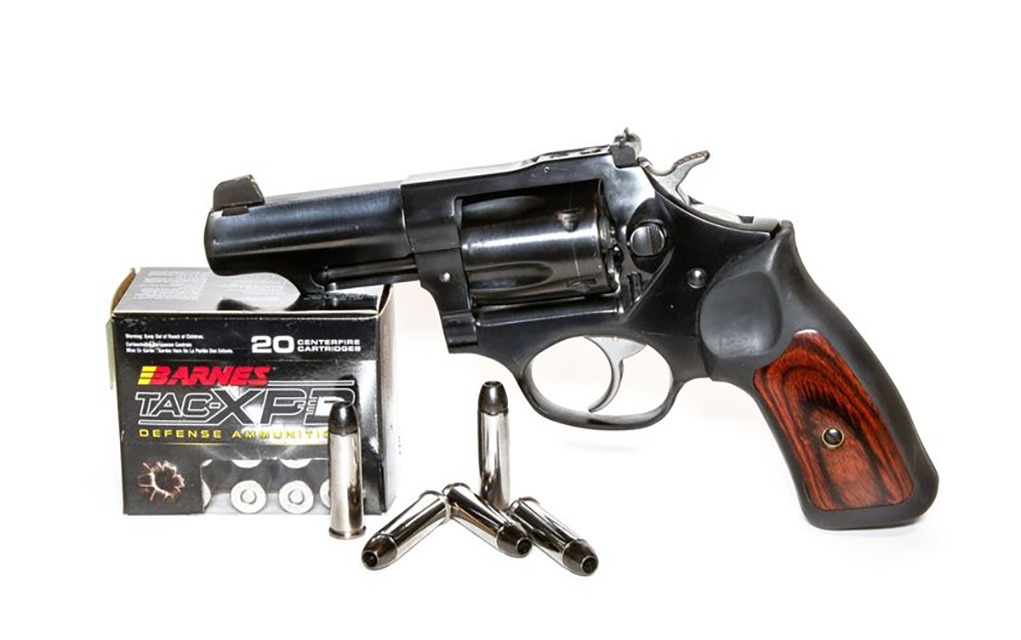

Reliability is a concern as well. A revolver can jam if a bullet sets out of the case during heavy magnum recoil. If it does happen, it can lock the cylinder. This is rare and typically only happens with the lightest weight revolvers when firing heavy loads. A revolver can also jam up when you’re unloading it if the ejection star jumps a case rim. A stoppage like either of these is a devil to sort out, especially in the middle of a gunfight.
On the other hand, while semi-autos are very reliable, stoppages—often due to shooter error—are common. But they’re also much easier to sort out—even during a gunfight. What cannot be disputed is that stoppages with a revolver occur less frequently than stoppages with a semi-auto.
Law Enforcement Logic
There’s a reason law enforcement shifted from the magnum revolver to the semi-auto handgun. There’s also a reason that law enforcement has standardized on the 9mm semi-automatic. When all things and all shooters are considered, the semi-automatic offers the best balance of shootability and power. That doesn’t mean revolvers aren’t suitable for self-defense or that they’re an antiquated gun. When only a handful of shots are being fired, the differences are small—maybe small enough to not matter all that much.
There’s also a reason law enforcement agencies and academies have transitioned from the training and courses of fire I was exposed to in the early ’90s. Back then, I managed to outshoot my entire class—which was armed with semi-autos—with a revolver. Today, with the changes in training we now have, I don’t think that would be possible. On the other hand, the new way, might not in every way, be the best way. There’s something to be said for accurate shooting … because it’ll stop a fight faster than suppressive fire.
In my opinion, the largest separation is in concealability and carry comfort. On average, the semi-auto guns we tested weighed 22.5 ounces, and the average revolver weight was 31.7 ounces. That works out to an average weight increase of 40 percent, and there’s no way not to overlook handguns that are 40 percent heavier/harder to carry.
Editor’s Note: This article originally appeared in the October 2022 issue of Gun Digest the Magazine.
More On Defensive Handgunnery:
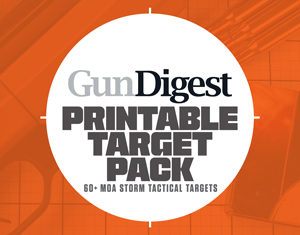

Next Step: Get your FREE Printable Target Pack
Enhance your shooting precision with our 62 MOA Targets, perfect for rifles and handguns. Crafted in collaboration with Storm Tactical for accuracy and versatility.
Subscribe to the Gun Digest email newsletter and get your downloadable target pack sent straight to your inbox. Stay updated with the latest firearms info in the industry.



